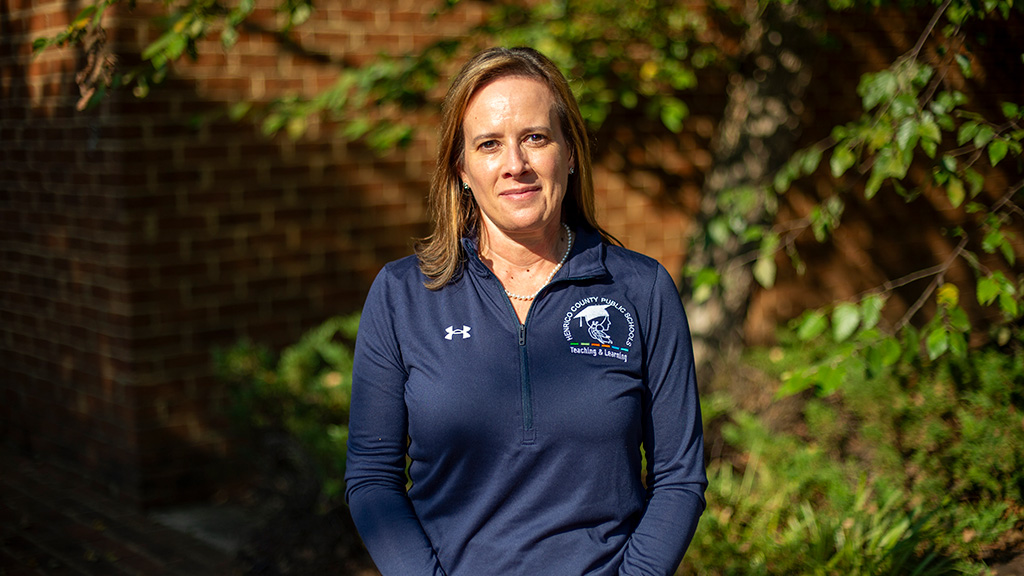Freebies and Opportunities for Science and STEM Teachers: November 11, 2025
By Debra Shapiro

Seven Essential Tips for Modern Science Instruction
By Jason Strohl
Posted on 2025-11-06

2025-2026
National Science Teaching Association Policy Agenda

In Remembrance: John Whitsett, 2007–2008 NSTA President
By Christine Anne Royce, Ed.D.
Posted on 2025-11-05
Safety Blog
Safety Protocols for Microwave Use in Science/STEM Instructional Spaces
By Ken Roy
Posted on 2025-11-03

NSTA Legislative Update
Month Two of the Government Shutdown: How Will K-12 Be Affected?
By NSTA Legislative Affairs & Advocacy Team
Posted on 2025-11-03



